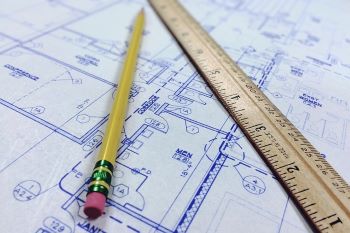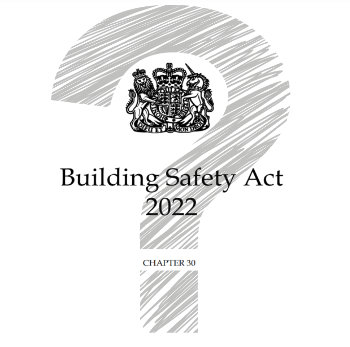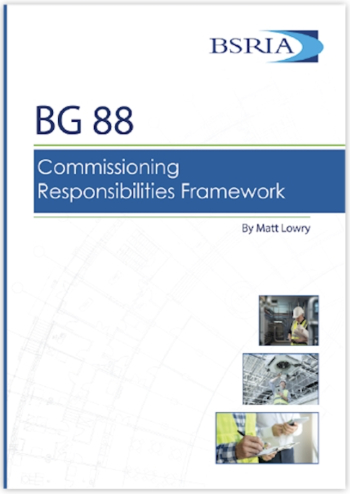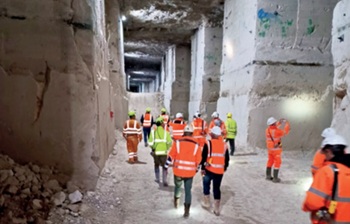Construction contractor
Contents |
[edit] Introduction
In very broad terms, contractors are the organisations appointed by clients to carry out construction works. However, this apparently simple relationship is complicated by the fact that contractors tend not to have all the trades required to construct a building in their direct employment.
This means that a contractor is likely to appoint a range of sub-contractors to build the works for which they have been contracted.
[edit] Contractor appointments
Contractors can be appointed in a number of different ways, with varying degrees of risk and reward:
[edit] General contractor, prime contractor or main contractor
These are often appointed under a traditional contract to construct a development for which the design is complete.
Civil Engineering Procedure, 7th edition, published by the Institution of Civil Engineers defines a 'general contractor' as '...a contractor who undertakes the whole of the construction of a project, but usually in turn sub-letting parts of his work to specialist or trades contractors and others as sub-contractors'.
It defines 'main contractor' in the same way but with the qualification that this is distinct from a managing contractor or construction manager.
NRM2, RICS new rules of measurement, Detailed measurement for building work, defines the main contractor (or prime contractor) as '...the contractor responsible for the total construction and completion process of the building project. The term ‘prime contractor’ is often used in central civil government and the defence sector to mean ‘main contractor’.' (see also Prime contractor below).
[edit] Construction manager
The construction manager manages trade contractors, but the trade contracts themselves are placed with the client. This generally requires an experienced client. A construction manager is generally appointed early in the design process so that their experience can be used to improve the buildability and packaging of proposals as they develop.
A construction manager may also programme construction to begin before the design is completed. This requires careful planning of information release so that the construction process is not delayed by lack of production information.
For more information, see Construction manager.
[edit] Management contractor
This is similar to the role of the construction manager but the trade contracts (or works contracts) are placed with the management contractor rather than with the client.
For more information, see Management contractor.
[edit] Design and build contractor
Responsible for the completion of the design as well as construction.
[edit] Prime contractors
The client enters into a long-term multi-project relationship with a contractor in which competition is introduced at the sub-contract level. Prime contracting is generally only appropriate for very large clients such as the Ministry of Defence which is continually commissioning new buildings and refurbishment work.
For more information, see Prime contract.
NB: NRM2: Detailed measurement for building works suggest that; 'The term ‘prime contractor’ is often used in central civil government and the defence sector to mean ‘main contractor’', that is; 'the contractor responsible for the total construction and completion process of the building project.'
[edit] Integrated supply team
This is favoured by the government, and involves appointment of a full project team (including contractors, suppliers, designers and sometimes facilities managers) to design and construct the works.
For more information, see Integrated supply team.
[edit] Design, build and manage contractors
The contractor is appointed not only to design and build the works, but also to manage them during operation, sometimes providing operational services over and above building maintenance, such as supplying prison staff or sterilisation of hospital instruments.
[edit] Principal contractor
The contractor may also be designated the principal contractor under the CDM regulations to plan, manage and co-ordinate health and safety while construction work is being undertaken.
For more information, see Principal contractor.
Other terms used to describe contractors and sub-contractors include:
- Specialist contractors.
- Domestic sub-contractors.
- Nominated sub-contractors.
- Named sub-contractors.
- Trade contractors.
- Trades contractors.
- Work package contractor.
- Works contractors.
[edit] Related articles on Designing Buildings
- Approved contractor.
- Builder vs contractor.
- Constructor.
- Construction Industry Scheme.
- Construction manager.
- Construction contract.
- Construction strategy.
- Contracting.
- Contractor vs supplier.
- Contractor's working schedule.
- Due diligence when selecting contractors or subcontractors.
- Housebuilder.
- Job order contracting.
- Management contractor.
- Master builder.
- Principal contractor.
- Procurement route.
- Sub-contractor.
- Supplier.
- Trade contractor.
- Trades contractor.
- Types of contractor.
- Traditional procurement method.
- Work package contractor.
- Works contractor.
Featured articles and news
From studies, to books to a new project, with founder Emma Walshaw.
Types of drawings for building design
Still one of the most popular articles the A-Z of drawings.
Who, or What Does the Building Safety Act Apply To?
From compliance to competence in brief.
The remarkable story of a Highland architect.
Commissioning Responsibilities Framework BG 88/2025
BSRIA guidance on establishing clear roles and responsibilities for commissioning tasks.
An architectural movement to love or hate.
Don’t take British stone for granted
It won’t survive on supplying the heritage sector alone.
The Constructing Excellence Value Toolkit
Driving value-based decision making in construction.
Meet CIOB event in Northern Ireland
Inspiring the next generation of construction talent.
Reasons for using MVHR systems
6 reasons for a whole-house approach to ventilation.
Supplementary Planning Documents, a reminder
As used by the City of London to introduce a Retrofit first policy.
The what, how, why and when of deposit return schemes
Circular economy steps for plastic bottles and cans in England and Northern Ireland draws.
Join forces and share Building Safety knowledge in 2025
Why and how to contribute to the Building Safety Wiki.
Reporting on Payment Practices and Performance Regs
Approved amendment coming into effect 1 March 2025.
A new CIOB TIS on discharging CDM 2015 duties
Practical steps that can be undertaken in the Management of Contractors to discharge the relevant CDM 2015 duties.
Planning for homes by transport hubs
Next steps for infrastructure following the updated NPPF.
























Comments